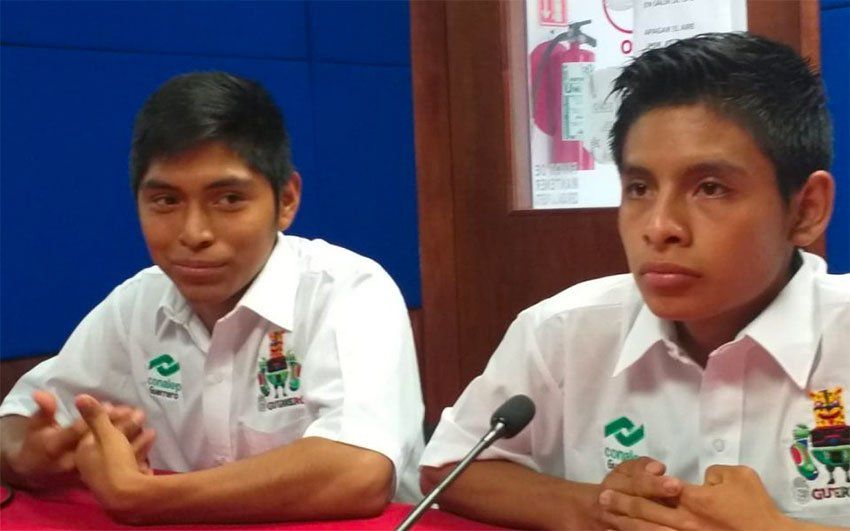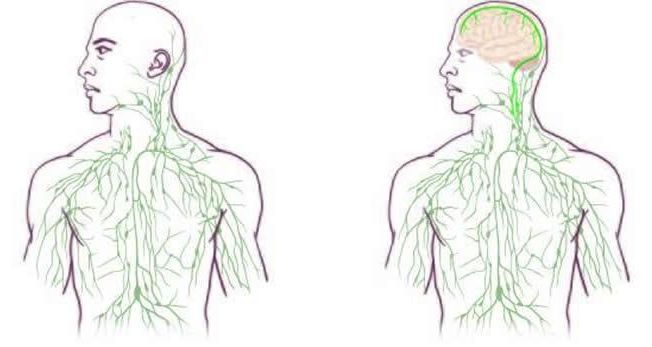Seemingly “intelligent” devices like self-driving trucks aren’t actually all that intelligent. In order to avoid plowing into other cars or making illegal lane changes, they need a lot of help.
In China, that help is increasingly coming from rooms full of college students.
Li Zhenwei is a data labeler. His job, which didn’t even exist a few years ago, involves sitting at a computer, clicking frame-by-frame through endless hours of dashcam footage, and drawing lines over each photo to help the computer recognize lane markers.
“Every good-looking field has people working behind the scenes,” says Li. “I’d prefer to be an anonymous hero.”
Li, and many of his classmates at a local vocational school, are benefiting from the Chinese government’s push to move away from an economy based on heavy industry, and toward one focused on high tech.
Li doesn’t have a degree in computer science. So for him, this is a new opportunity to get a foot in the door of a booming tech industry.








